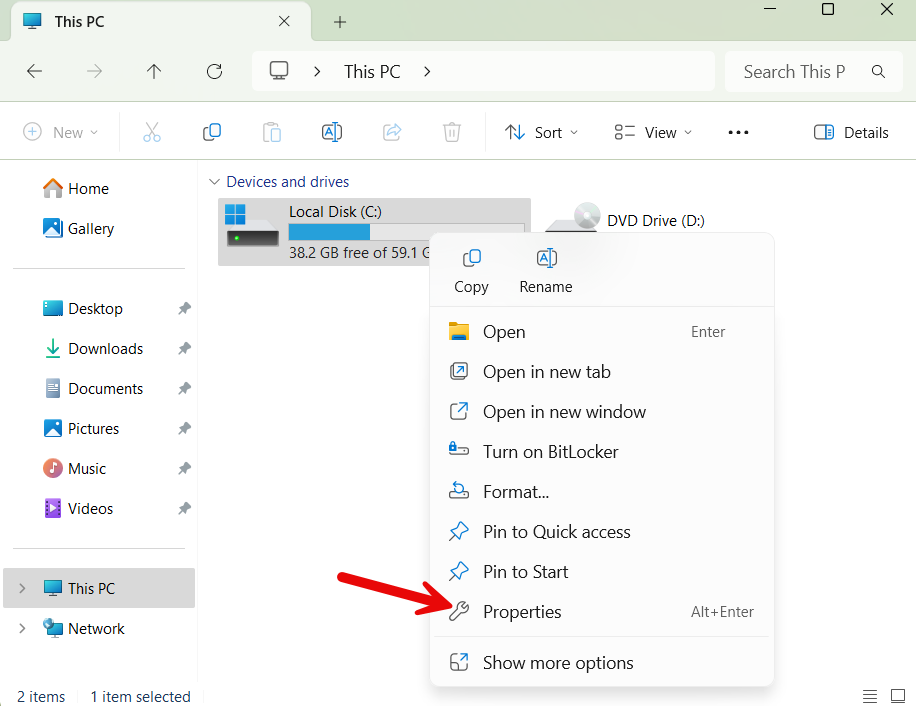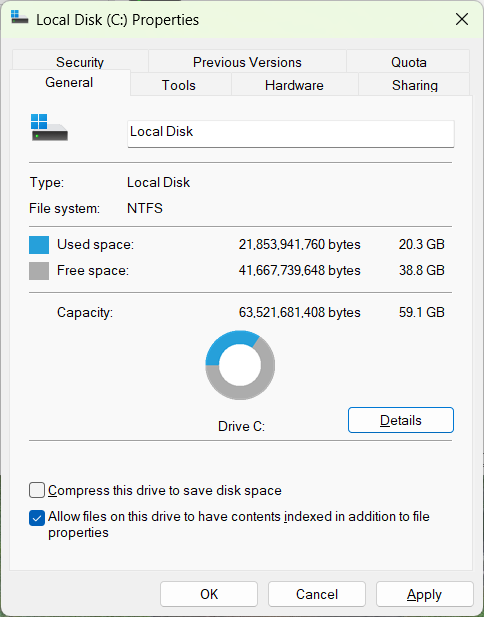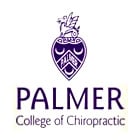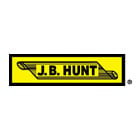Not Enough Space on Windows to Copy Files?
Author: Michael J. Leaver, 2BrightSparks Pte. Ltd.
Are you getting a "Not enough space" error when you try to copy files in Windows, yet your drive is reporting free space available? This annoying problem is more common than you might have thought and the solution usually entails more than simply removing a few files.
In this article, we'll cover the most common causes for this Windows error, how to fix them, and how use of a reliable file backup and synchronization program like SyncBackPro can stop these problems from happening in the first place.
Why You Get the "Not Enough Space" Error on Windows
The primary, and most common, cause for receiving the error is that there is no space on the target drive. There is no available space on the target drive for the files that you are attempting to copy. This may be due to:
- Large file sizes: Video files (.mp4, .mkv, .mov, .avi) are some of the largest file types which a home user would be transferring. Next, image files (.raw, .nef, .cr2, .tiff, .psd), which can also be quite large based on their resolution. Other types of large files include virtual machines (.vhd, .vhdx, .vmdk), databases (.mdb, .accdb, .sql, .db), compressed archives (.zip, .rar, .7z, .iso), and audio files (.wav, .flac, .aiff, DAW project files).
- Multiple files: Development Environments & IDE's (e.g. Visual Studio, Eclipse, Android Studio, JetBrains tools), Source Control & Build Systems (e.g. Git repos, npm/node_modules, Maven, Gradle), Games (e.g. Steam, Epic Games, Blizzard Battle.net) and Digital Cameras & Photo Management Software (e.g., Lightroom, Capture One) all can generate large quantities of files.
- Limited disk space: Laptops typically come with around 512GB and desktops around 1TB. Older PCs might have hard disks of around 500GB. Windows 11 installation will consume between 30GB and 50GB.
- Disk quotas: For a home user, this is unlikely, but for a business, where disk space is closely managed, this is quite common.
File System Limitations
Drives partitioned with FAT32 have a 4GB file size limit. An attempt to copy a file over this size will result in an error, even if there is ample space available. The only method of eliminating this restriction is to switch from FAT32 to NTFS (or ReFS). This may be accomplished in-place using 3rd party tools, or by reformatting the drive to NTFS. Either way, you would be well advised to back it up (and test it) before going on.
Temporary Storage or Shadow Copy Issues
Windows uses temporary storage for operations like copy, backup, or restore. If the System Volume Information is full, it can slow down file operations. To reduce space, clear system restore points and use Disk Cleanup. Disk Cleanup can delete temporary files, previous versions of Windows, etc., that will take up massive storage spaces.
Permissions and Network Drive Restrictions
If you're copying to a network location, you may not have full write access, or the drive may have user quotas. Check with your system administrator to verify your access rights and quota limits.
How to Check Available Disk Space
To confirm your available space:
- Open File Explorer
- Right-click on the drive > Properties
- Check the Used and Free space


If free space is tight, try deleting unnecessary files or moving data to an external drive.
Best Practices to Avoid This Issue
Manual file copying in Windows often fails silently or throws generic errors. Instead, use a trusted backup and synchronization solution like SyncBack.
SyncBack gives you:
- Detailed reports on failed transfers: Get detailed logs and error messages clearly indicating why a file transfer was unsuccessful, such as permission issues, missing files, or connectivity problems. This makes it simple to diagnose and correct issues.
- Intelligent file compression and filtering: Compress files in real time to conserve space, and use sophisticated filters to exclude or choose files based on name, size, date, or type.
- FAT32, NTFS, and network drive support: Compatible with all file systems and storage devices, including USB drives, external hard drives, mapped network drives, and NAS devices.
- Verification and Data Integrity: Internal file verification makes sure that files copied are identical to the originals, avoiding data corruption. Integrity checking can also be done to find corruption in backups.
- File versioning: Keep various versions of your files so that you will not make unintended changes or deletions. Access earlier versions easily.
- Delta copying for quicker backups: Copy only the changed portions of files to save backup time and bandwidth usage. It is particularly beneficial for big files such as databases, virtual machines, and PST files.
- Scheduling and automation: Set backups to execute daily, weekly, or on a specific event. No human intervention needed after setup.
- Email notifications and alerts: Get immediate email notifications and alerts of the success or failure of backup jobs, even if SyncBack is running in the background.
- Encryption and safe backups: Protect your data with AES encryption for security and privacy when backing up to external or remote destinations.
- Cross-platform compatibility with SyncBack Touch: Sync and back up files to and from Windows, macOS, Linux, and Android devices with SyncBack Touch, a free, lightweight companion service that takes SyncBack beyond Windows.
Final Thoughts
The Not enough space to copy files Windows error is generally an indicator of more basic problems such as outdated file systems, permission conflicts, or inadequate backup policies. Although in the short term one may be able to delete files or reformat a drive, a long-term solution demands a more advanced response.
Discover SyncBackPro features to learn how it will fulfill your backup and synchronization requirements.
















